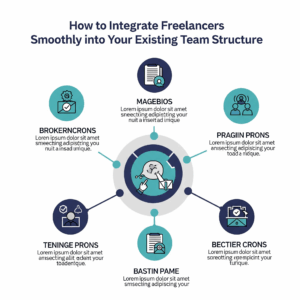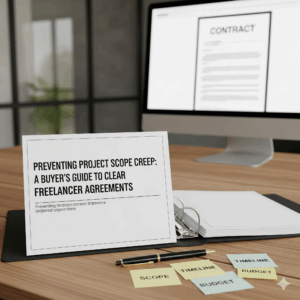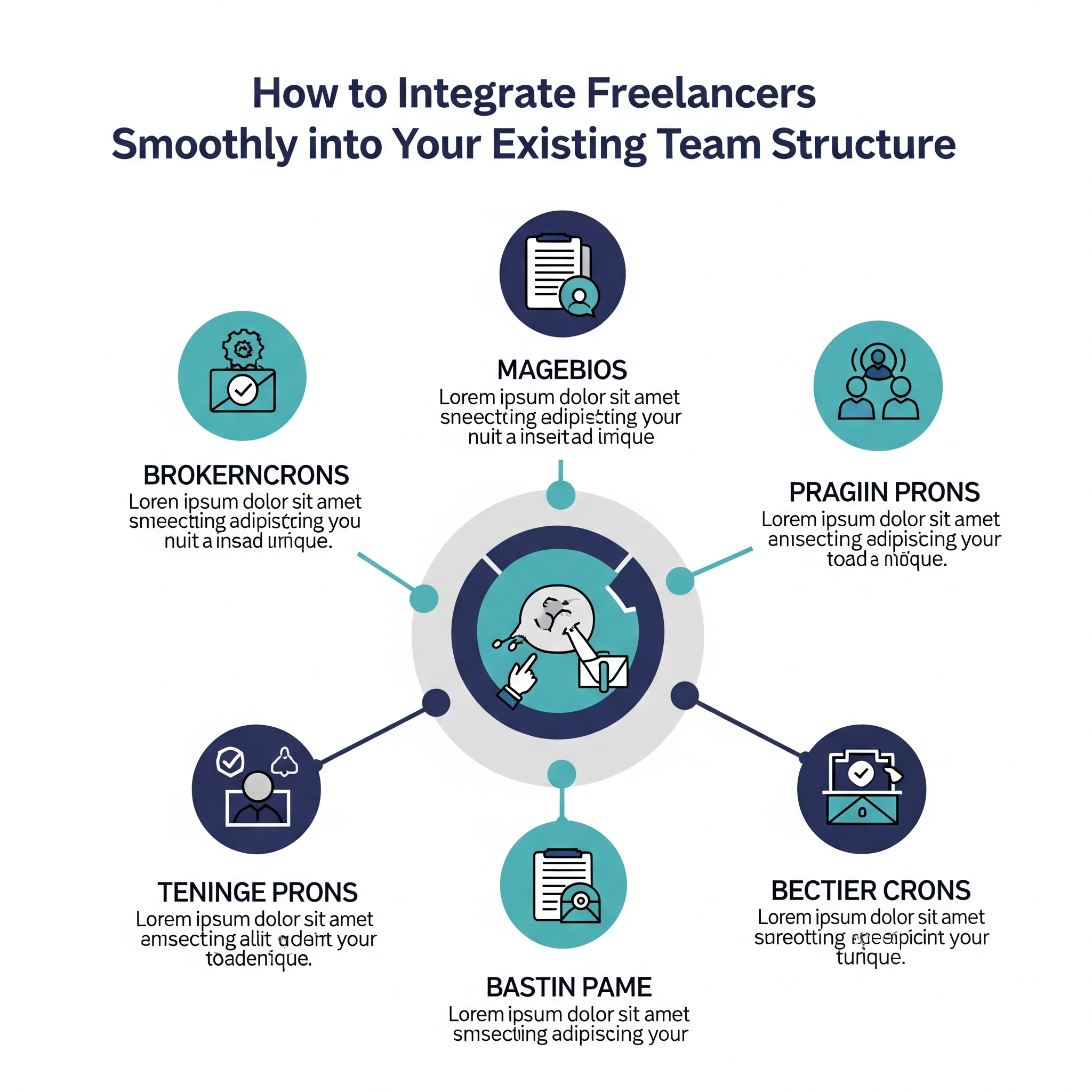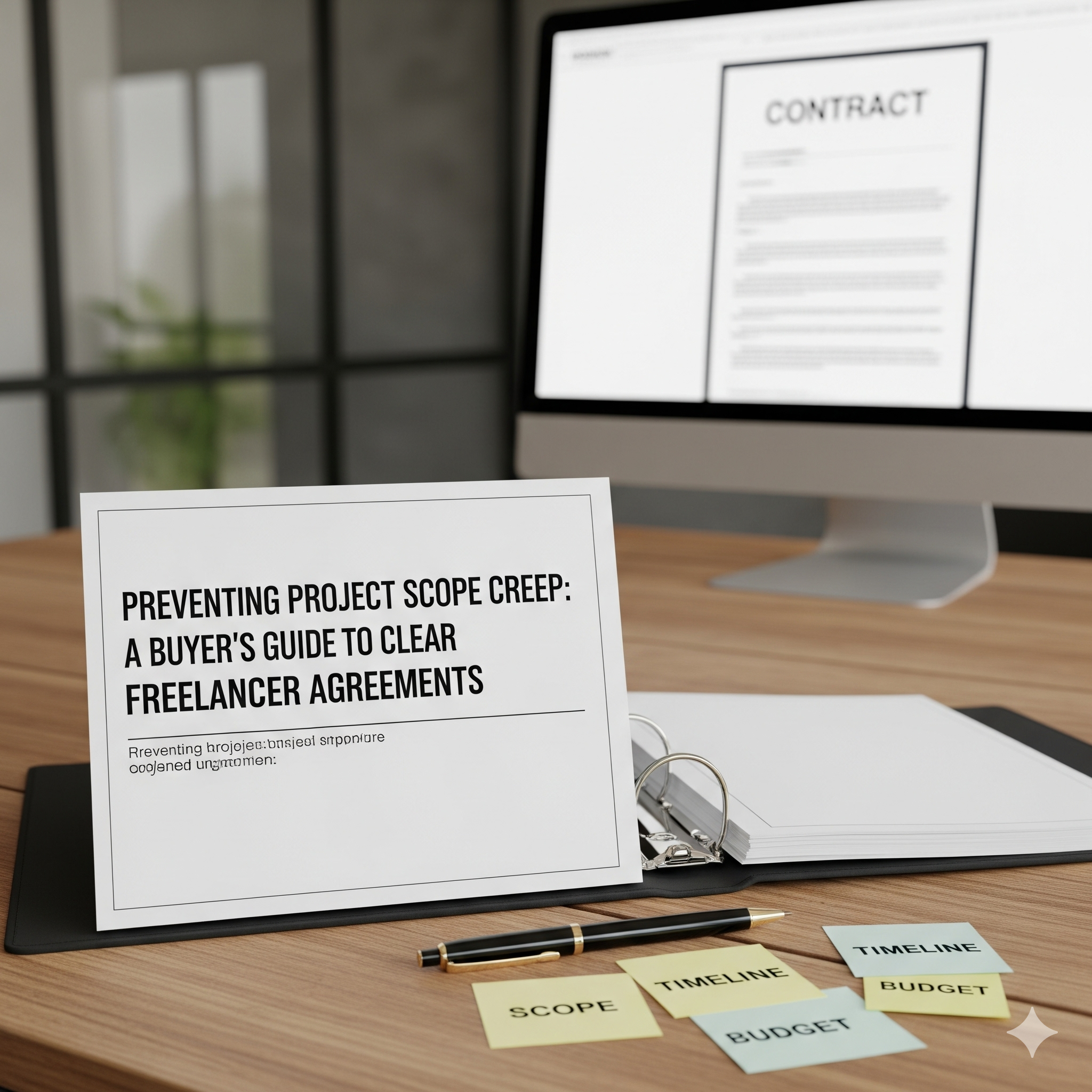When designing a presentation, many people focus on the content — the text, images, and data they need to communicate. However, what often gets overlooked is the space between all those elements: white space. Also known as negative space, white space refers to the empty areas between design elements on a slide. While it may seem like a simple design aspect, white space plays a crucial role in creating visually appealing, clear, and effective presentations.
In this blog post, we’ll explore why white space is essential in presentation design and how you can use it to make your slides more engaging and professional.
1. Enhances Readability
One of the primary benefits of white space is that it improves readability. If your slides are too crowded with text and visuals, it becomes difficult for your audience to focus on and absorb the information. White space helps to separate content and give your text room to breathe, making it easier for viewers to read and understand your message. It allows the audience to quickly grasp the main points without feeling overwhelmed.
2. Emphasizes Key Information
White space can also be used strategically to highlight key information. When you leave space around a headline, an important statistic, or a critical point, it naturally draws the viewer’s attention. This technique helps emphasize what’s important on the slide and ensures that your audience focuses on the content you want to stand out. White space essentially acts as a spotlight, helping guide the viewer’s eyes to essential elements.
3. Creates a Clean, Professional Look
Slides with ample white space tend to look more polished and professional. Overcrowded slides can appear cluttered and unorganized, while a design that makes good use of negative space conveys clarity and sophistication. White space lends a modern, minimalist feel to your presentation, which can increase your credibility and make your content look more thoughtfully crafted.
4. Reduces Cognitive Load
Presentations that are packed with too much information can overwhelm your audience. This leads to cognitive overload, making it harder for them to retain and process the information. White space reduces cognitive load by breaking up the content into digestible chunks. When the layout is spaced properly, it’s easier for viewers to focus and understand each point without feeling mentally exhausted.
5. Improves Visual Balance
White space is a key element in achieving visual balance. By leaving enough space around text, images, and other design elements, you ensure that the slide looks balanced and harmonious. Visual balance is not just about symmetry — it’s about distributing elements evenly across the slide, so nothing feels too cramped or too empty. This creates a more visually appealing presentation that’s pleasant to look at.
6. Encourages Audience Engagement
When your slides are clean and well-organized, your audience is more likely to stay engaged. White space helps maintain a viewer’s interest by making the content more accessible and easy to follow. If your presentation is too dense or cluttered, your audience may tune out or miss important points. A well-spaced layout makes it easier for your audience to stay attentive and focused throughout the presentation.
7. Gives Your Slides Room to Breathe
Sometimes, the temptation is to fill every inch of a slide with content, but this can be counterproductive. Leaving empty space can make your slides feel less cluttered and more relaxing to view. White space provides breathing room for your design, giving the audience time to pause, process information, and absorb the key messages before moving on to the next slide. It helps create a flow that’s comfortable and easy to follow.
8. Facilitates a Consistent Design
Consistent use of white space throughout your presentation helps to create a cohesive design. It ensures that each slide looks like part of the same presentation, maintaining a unified theme and style. When used correctly, white space brings uniformity and structure to your slides, which helps to reinforce your message and presentation style.
How to Effectively Use White Space
- Keep it simple: Avoid overloading slides with too much content. Stick to one or two key points per slide and leave plenty of white space around them.
- Use margins and padding: Ensure there’s enough padding around text and images so that nothing feels cramped. Margins around the edges of your slides help create a frame that organizes content.
- Group related elements: White space can help group related items together while keeping them visually distinct from unrelated content.
- Be mindful of hierarchy: Larger white space around key points or headings draws attention to those elements. Use this to establish a visual hierarchy that guides the audience through your slide.
Conclusion
White space is an essential element of presentation design that can dramatically improve both the aesthetic and functionality of your slides. By enhancing readability, emphasizing key points, and creating a balanced, professional look, white space ensures that your message comes across clearly and effectively. When designing your next presentation, remember that sometimes less is more — leaving space for your content to breathe can be the key to capturing your audience’s attention and keeping them engaged.









